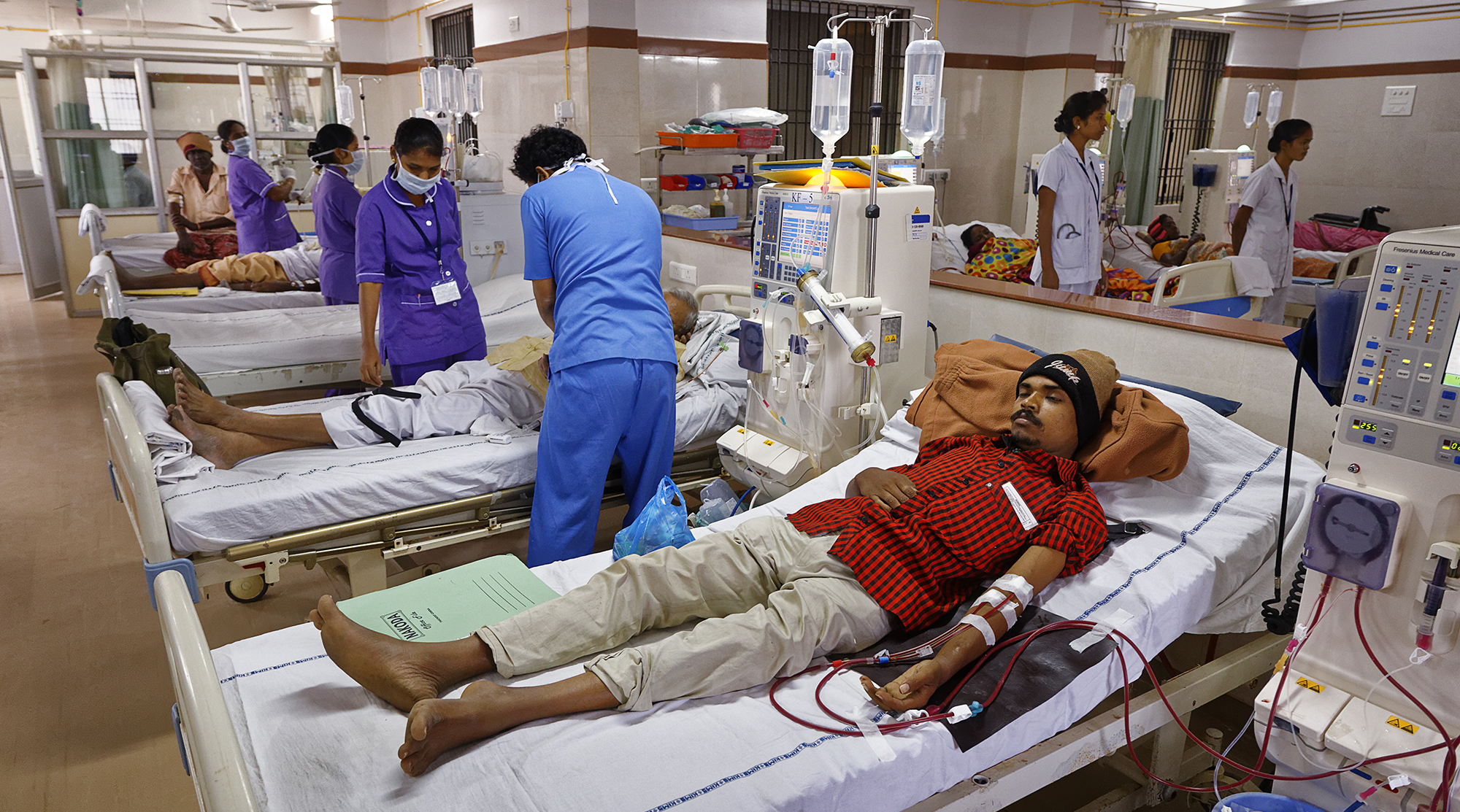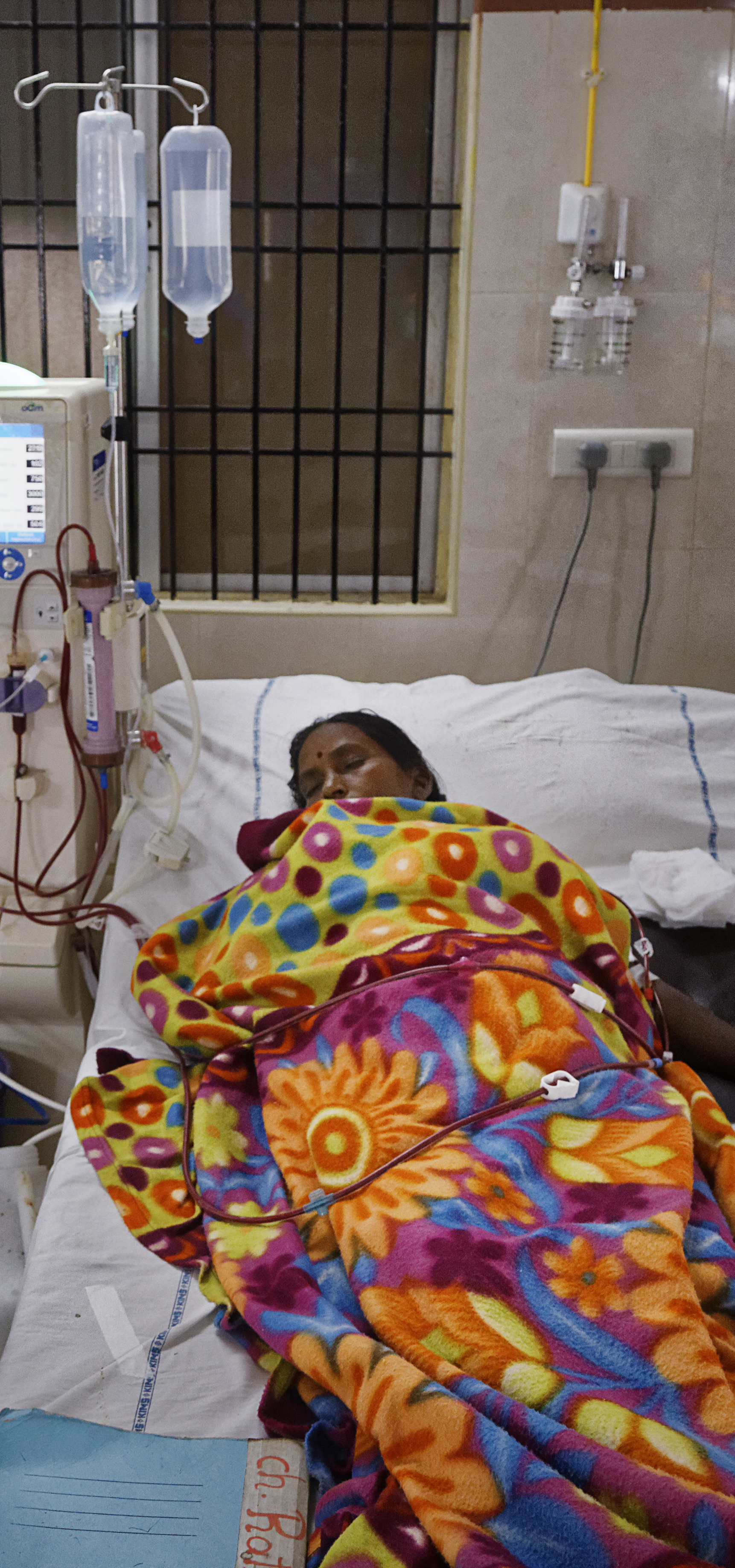The cost of CKDnT
To plan an adequate response to CKDnT, all relevant actors need to understand the financial burden of the disease and the costs of responding to it.
La Isla Network’s economic impact studies will generate this vital knowledge.

Impact on local economy from loss to prime earning age workforce
The average age of death in the communities most impacted by CKDnT is 46.
Nevertheless, men in their mid-20s often fall ill and are fired for being sick via screening programs at sugar mills wishing to avoid liability. These workers historically go to work for subcontractors and are taken out of the social security system in their country, effectively eliminating access to public benefits and creating a perfect storm for economic strain on a familial as well as societal level.
The economic impact of this reality has yet to be assessed.
Burden of care from treating CKDnT via renal replacement therapy
Dialysis and kidney transplantation are resource-intensive in the best circumstances. For most of the world, robust renal replacement therapy is not a realistic goal.
Developing countries confronting CKDnT in their population are in an impossible predicament. Fully treating the disease threatens to bankrupt already fragile health systems, but leaving CKDnT untreated has potentially crippling economic and social impacts.
Cost-benefit analysis for producers and end users
Sugarcane cutting and mining are notoriously labor-intensive, dangerous jobs. Workers are paid a menial piece rate for unrelenting work. While there are still questions about the precise causes of CKDnT, it is believed by nearly all experts on the issue that occupational exposures are a primary factor. Historically, when presented with evidence suggesting a link between working conditions and CKDnT, the impacted industries have tended to take some combination of the following approaches:
- Funding research, rarely with no peer review, that delays effectively addressing the issue and in many cases upholds the status quo risk factors for workers
- Denying any responsibility outright and calling into question the authority and motives of experts who identify a causal relationship between working conditions and CKDnT
- Leading in-house harm-reduction efforts that are rarely, if ever, open to public scrutiny or worker input
- Mechanizing production in order to avoid implementing needed reforms to manual labor conditions, with the consequence of increasing unemployment in vulnerable populations
La Isla Network aims to quantify these approaches in order to determine the cost of the above strategies for the workforce and wider economy.
Potential research questions include a comparison of the costs of the above to the cost of independent research and interventions that may more effectively address CKDnT.




